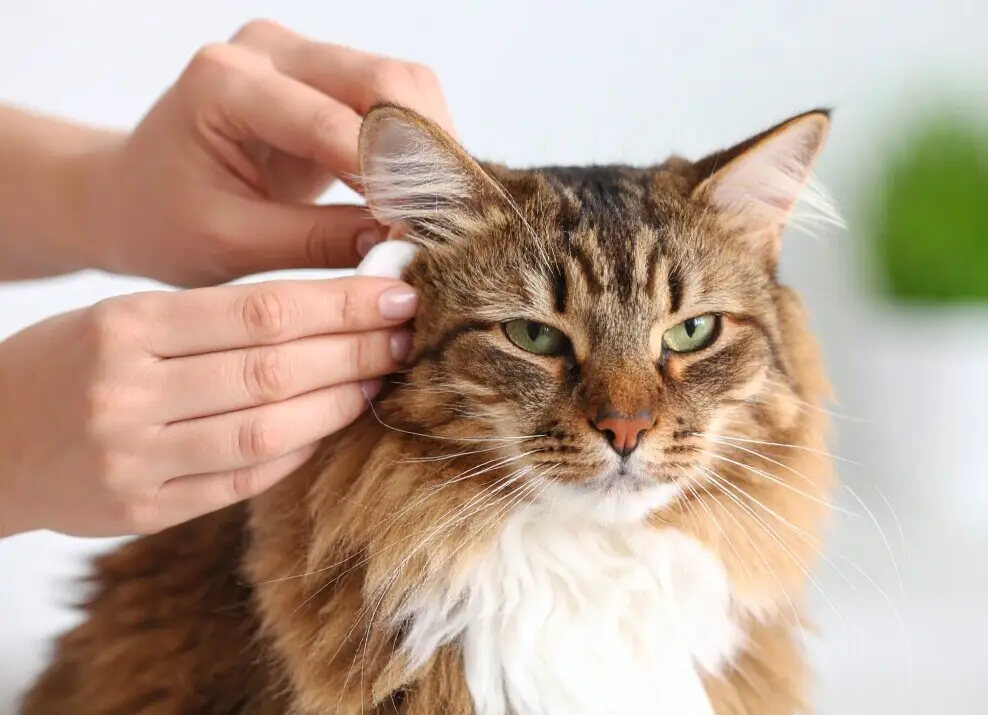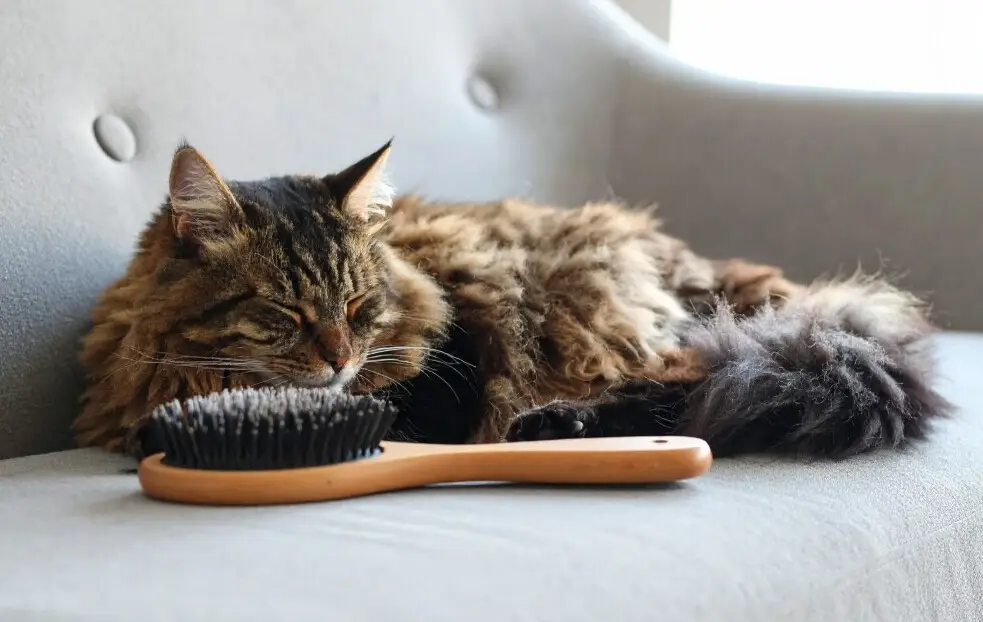Cat grooming isn’t always easy, but training your cat to tolerate and even enjoy regular grooming can lead to a happier, healthier pet. I’ve owned cats that barely blink at a brush, and others that act like it’s a medieval torture device. The good news is, with consistency and the right approach, almost any cat can learn to sit still for grooming sessions.

Keeping up with your cat’s grooming is about more than just reducing tumbleweeds of fur. Regular brushing helps cut down on shedding, prevents painful mats from forming, and lets you catch signs of fleas or skin problems early. Grooming sessions also help you bond with your cat, and a well-brushed coat looks and feels great.
Some cats keep themselves pretty tidy, but even those who seem self-sufficient can benefit from a little help, especially longhaired breeds. Mats don’t just look rough; they can be uncomfortable or even lead to skin infections over time. Training your cat for grooming makes routine care way less stressful for both of you.
Getting Started with Cat Grooming Training
Not all cats take to the brush right away. Starting grooming training when your cat is relaxed makes a big difference. I usually bring out the grooming tool when my cat’s already enjoying pets or treats, then let them check it out at their own pace.
Short sessions are definitely the way to go at first. Just a couple of gentle strokes followed by a treat builds a positive association. As your cat gets more comfortable, you can slowly make the sessions longer, always watching how your cat reacts. Forcing it rarely works. Instead, I look for little moments when my cat is calm and happy.
- Start with gentle tools: A soft-bristle brush or grooming glove usually feels less intimidating than a firm comb.
- Use positive reinforcement: Treats, toys, and soothing praise make a difference. I keep my cat’s high-value treats nearby as a reward.
- Pay attention to body language: Watch for signs your cat is done—tail flicking, ears back, wriggling away, or swatting.
Step-by-Step Guide to Training Your Cat to Accept Grooming
Here’s how I recommend training any cat for grooming:
- Introduce the brush: Let your cat sniff and paw at the tool. If your cat is nervous, try rubbing the brush with a familiar blanket so it picks up a comforting scent.
- Pair brush time with treats: Show the brush, offer a treat. Repeat until your cat looks for a treat whenever the brush is out.
- Start with short strokes: Just one or two gentle brushes. Reward your cat after each brush, even if it’s only for a few seconds.
- Slowly increase brushing time: Once your cat is comfortable with quick sessions, extend the time gradually. Always end before your cat gets annoyed.
- Touch sensitive spots last: Areas like the belly, legs, and tail base are ticklish for many cats. Wait until your cat is relaxed and trusts you before trying these spots.
- Keep sessions positive: If your cat tries to leave, don’t force them back. You want grooming to feel safe, not like a chore.

Choose the Right Tools
Choosing the right tools can make grooming training much smoother. Here are some basics that I find helpful:
- Soft-bristle brush: Great for kittens or sensitive cats. Helps them adjust without discomfort.
- Pinned slicker brush: Picks up loose hair and is handy for tackling tangles, especially on long haired cats.
- Grooming glove: Feels just like being petted, which is perfect for cats who are anxious about brushes.
- Widetooth comb: Useful for detangling any mats before they get worse.
Depending on your cat’s coat, you might also want a flea comb or special mat splitter. Starting with gentle tools lowers the risk of scary experiences.
Common Cat Grooming Training Challenges
and Practical Solutions
Not every cat is going to sit pretty from day one. I’ve seen my fair share of challenges, but there are ways to work around them:
- Fear of the Brush: Try leaving the brush next to toys or beds so your cat gets used to it being around.
- Trying to Bite: Distract your cat with a treat-stuffed toy or lickable treat during grooming. For serious biters, consider asking a cat behaviorist for tailored advice.
- Squirming or Running Away: Gently wrap your cat in a soft towel like a “kitty burrito,” leaving one section exposed to brush, but don’t make the towel too tight or stressful.
- Mats or Tangles: Never yank or tug. Hold the fur near the skin for support and gently tease out the mat with your fingers or a wide-tooth comb. Severe mats may need a trip to the groomer or vet.
- Allergic Reactions: Some cats have sensitive skin. Watch for redness after brushing. If you see any, switch tools or check with your vet to rule out skin conditions.
Understanding Cat Body Language During Grooming
Knowing when your cat’s had enough helps prevent negative associations. Here are signs to watch for:
- Soft purring, kneading, or relaxed posture: Comfortable.
- Tense body, flattened ears, tail swishing, skin twitching: Getting overstimulated, time for a break.
- Hissing, biting, swatting, growling: Stop immediately. Go back to shorter, gentler sessions next time.
Building Trust Through Grooming
Grooming can strengthen your bond with your cat if it’s done gradually and gently. Use a calm, soothing voice, plenty of rewards, and don’t get discouraged by setbacks. Sometimes it takes weeks to see progress. My own cats took anywhere from two days to two months to get comfortable, depending on their personalities and past experiences.

Other Aspects of Cat Grooming to Train For
Grooming training covers more than just brushing. Trimming nails, checking ears, and even brushing teeth are all part of the process for a well-cared-for cat.
- Nail trims: Start by playing with your cat’s paws during cuddle time. Once they’re comfortable, you can slowly introduce a small nail clipper.
- Ear cleaning: Use a soft cloth or vet approved ear wipes, and only clean the outer part of the ear. Never insert anything deep into the ear canal.
- Dental care: Training your cat to accept a finger toothbrush or dental treat keeps their mouth healthy. Most cats resist at first, so patience is key.
Tips for Keeping Cat Grooming Stress Free
I always recommend choosing a quiet, familiar spot for grooming, like your cat’s favorite sunny patch or near their bed. Background music, a white noise machine, or pheromone sprays can help some cats relax. Sticking to a regular schedule also makes it easier, as your cat learns to expect these sessions as part of the routine.
Never try to groom immediately after a high-energy play session or when your cat’s just eaten. Aim for times when they’re naturally mellow, like after a nap.
The Real-World Benefits of Training Your Cat for Grooming
Training your cat to tolerate, and eventually enjoy, grooming pays off in so many practical ways:
- It’s much easier to spot fleas, bumps, skin irritations, or weight fluctuations.
- Mats and tangles don’t get out of hand.
- You build real trust with your cat through positive interactions.
- It makes future vet visits easier because your cat is more used to being handled.
- Your home is cleaner due to less shedding and loose fur.
Some cats might even start coming to you for brushing. My current cat will actually nudge the brush if I leave it out, which makes grooming much easier for us both!
Frequently Asked Questions About Cat Grooming Training
Question: How do I help my cat stop struggling during grooming?
Answer: Keep sessions short, use lots of positive reinforcement, and stop before your cat gets agitated. Over time, your cat should get more comfortable.
Question: What should I do if my cat absolutely refuses brushing?
Answer: Try a gentler grooming tool, like a glove, or pair brush time with a high-value treat. If your cat continues to resist, talk to your vet to check for pain or skin sensitivities.
Question: How often should I groom my cat?
Answer: For shorthair cats, once or twice a week is usually fine. Longhaired cats may need daily sessions to prevent mats.
Wrapping Up
Training your cat for grooming is all about patience and positive experiences. Start slow, go at your cat’s pace, and keep things fun. Regular grooming helps prevent messes and health issues, strengthens your bond, and can make cat care a whole lot more enjoyable for both you and your furry roommate. Even a stubborn cat can learn to tolerate the brush. They might even start to love the attention!
Each step you take builds trust and helps turn grooming into a calm, rewarding part of life with your cat. Enjoy those extra snuggles and all that soft, mat-free fur!
